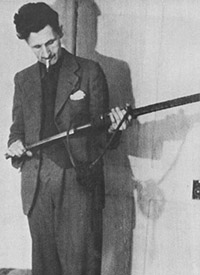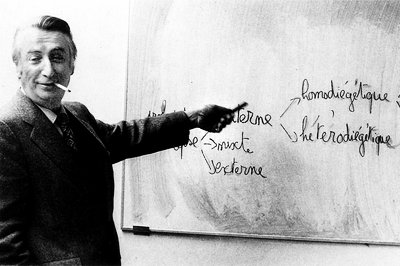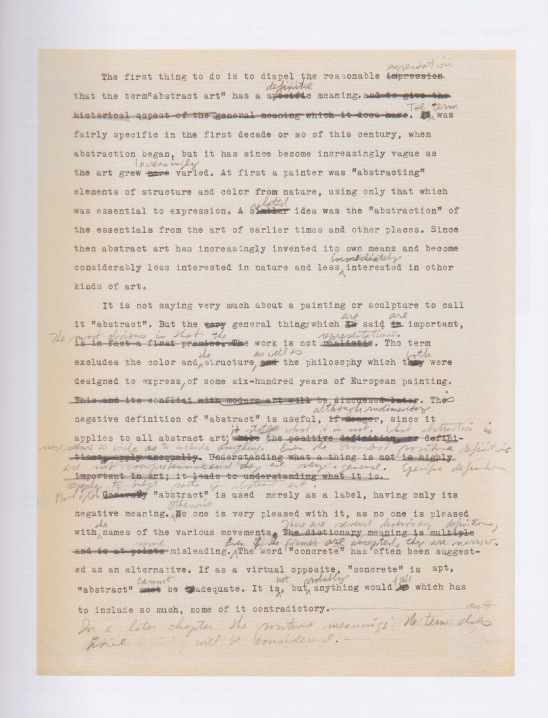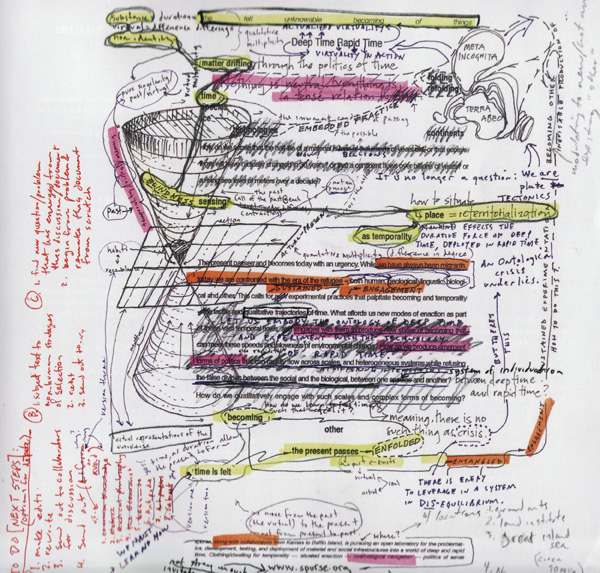
George Orwell
Check out George Orwell’s 1946 essay, “Politics and the English Language”.
Orwell’s six rules:
Never use a metaphor, simile, or other figure of speech which you are used to seeing in print.
Never use a long word where a short one will do.
If it is possible to cut a word out, always cut it out.
Never use the passive where you can use the active.
Never use a foreign phrase, a scientific word, or a jargon word if you can think of an everyday English equivalent.
Break any of these rules sooner than say anything outright barbarous.
Recap reverse outline workshop:
- Were you able to summarize each paragraph in a sentence or do some paragraphs require several? Do any have too much diverse information?
- Is everything that you intend included? Are there gaps? Missing parts?
- Do the ideas flow in some kind of logical sequence from one to the next?
- Does anything seem to be in the wrong place?
- is there anything that should be eliminated (unnecessary or repetitive)?
- Does this outline, in itself, clearly convey what you want your paper to convey?
Draft 2 (the “Architectonic Stage”): Scaffolding, Scope, Sequence
In class: Working from your reverse outline and the improvements of your 2nd draft, construct a global outline of major themes, issues. Identify a thesis statement and, through the outline, show us the overall shape you intend.
For your third draft, do obvious reordering and fill in holes but resist getting caught up in fine tuning.
- Draft necessary areas that have not yet been dropped in.
- Write out more fully those sections that are most easily done.
- Did you include examples, descriptions of sample works?
- Do you have info/examples to back up your claims?
Due 4/27: Draft 3 (everything that is going to be there is there, though not as pretty as it will be later). Bring 2 hard copies to class.







